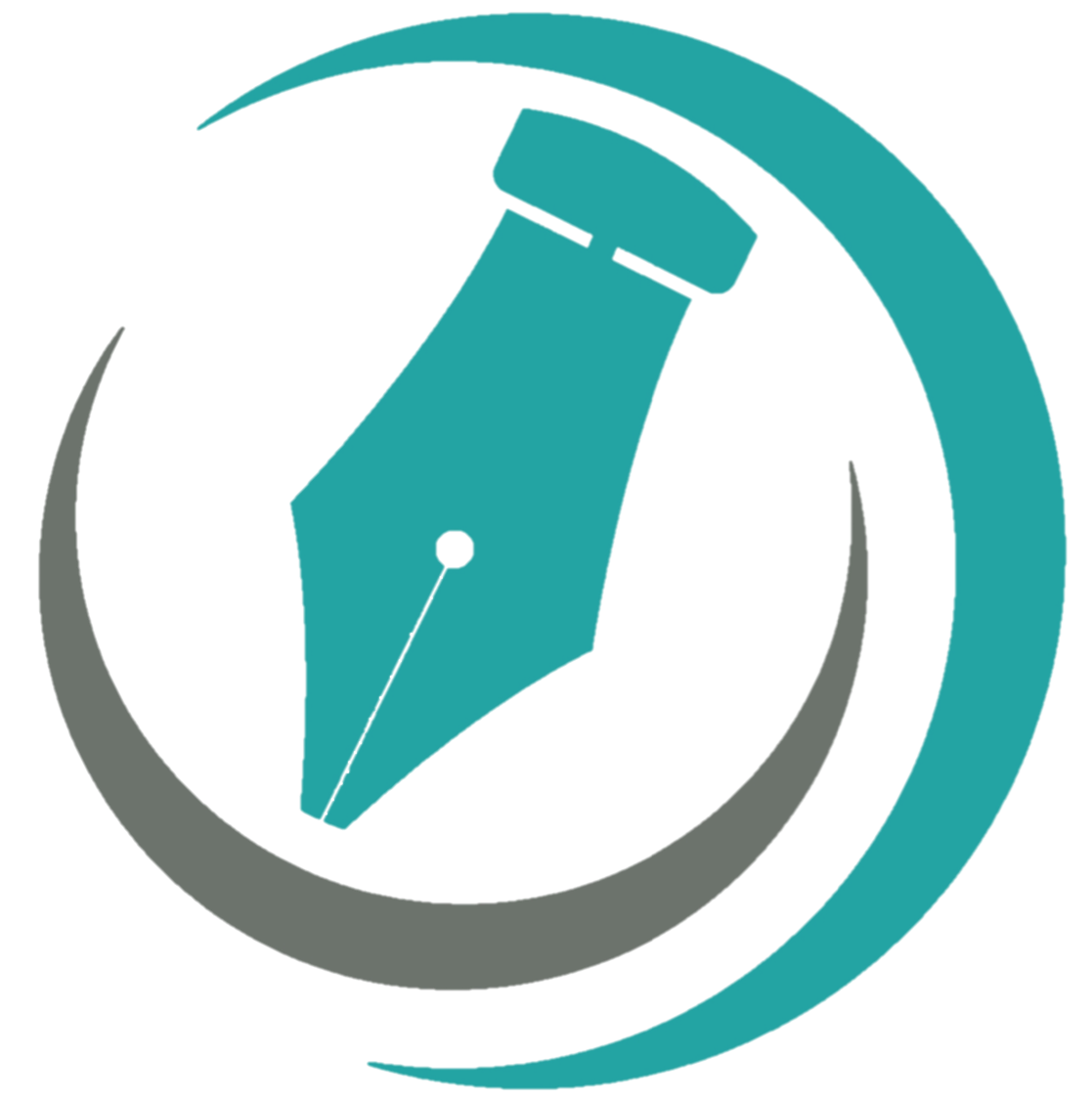How to Prepare Your Manuscript for an Editor
Congrats on finishing your manuscript! It’s definitely something you should celebrate.
But honestly, when you think you’re ready to hire an editor, there’s probably a bit more work to be done. Most editors want to see your manuscript as clean as possible for their sample edit and before providing a quote. (That can save authors both time and money.)
The following self-editing strategies can improve your revision objectivity:
Let your manuscript breathe.
Share your manuscript with trusted beta readers.
Read your manuscript out loud.
Reverse outline select chapters or the whole manuscript.
Let your manuscript breathe.
I understand the eagerness to finish a project and send it off, but fresh eyes and perspectives are crucial for revisions. It’s wise to leave time between your writing and revising phases. This period of letting your manuscript rest should last a few days at a minimum. Ideally, though, you’ll have at least a couple of weeks before diving in for revisions!
Working so closely with our manuscripts, it’s hard to see the forest for the trees. If you give yourself and the manuscript time to breathe, you’ll likely be more objective when you go to revise and polish. Ideas for your manuscript will continue percolating, so keep a notebook or notes document accessible to capture those thoughts. Just resist the urge to dive right back into the manuscript so soon.
Share your manuscript with trusted beta readers.
A beta reader is a trial reader who can provide high-level feedback on your manuscript. It’s important to select beta readers who are familiar with your genre. They should also provide you with honest, constructive feedback.
Sharing your work with others requires vulnerability and strength. But you can do it! Keep your beta reader group small (2 to 4 people max). That will reduce overwhelm in deciding how to handle all of the feedback. If you don’t agree with some of the feedback, you’re the author and final authority. You don’t have to take the advice.
HOT TIP: Sometimes potential editing clients want to give their book to beta readers after my first round of developmental editing. Beta reading works best when you do it before you revise the manuscript and pass it along to the editor. That way you’re not making significant changes between drafts after hiring an editor.
Read your manuscript out loud.
There are two options for this audio-based revision strategy. First, you can read your manuscript out loud to yourself, your pet, the wall, whatever. Second, you can use Microsoft Word’s Read Aloud feature to have the computer read to you!
Reading the manuscript aloud to yourself helps you to identify awkward phrasing and organization issues. Bonus points if you record yourself reading and listen back.
You’ll determine similar phrasing and flow problems if you have Word read to you. The voice is a bit robotic, but it’s an unbiased “other” reading to you. The words are highlighted as the computer reads, helping you to follow along.
Place the cursor wherever you’d like the computer to start reading to you. Go to the Review tab then click Read Aloud. Easy enough! Once the toolbar pops up, you can click the gear button to control the reading speed and select a preferred reading voice.
Reverse outline select chapters or the whole manuscript.
This strategy works well for people who thoroughly developed a detailed outline for their manuscript. It’s like taking reading notes when you’re in school!
If you’re short on time, you can choose the most problematic chapters. But authors who reverse outline their entire manuscript find this can sometimes inspire significant but powerful structural changes.
To reverse outline, open your manuscript file and navigate to your select chapter or the beginning of the book. On a separate document (paper or digital), write brief notes on the key points of each paragraph or section within the chapter. When you’re finished, compare your notes or reverse outline to your original outline. Is your message being conveyed as you intended? Does your structure align with each chapter’s goals?
If you’re able to answer those questions with yes, then you’re probably on the right track. If not, though, look at the chapter and see where you could improve flow and organization.
The Timeline of Finding and Hiring an Editor
The publishing process isn’t really linear. It’s best to reach out to editors at least six to eight weeks before you’re ready to start working with them. (Others may even require even longer prep time!)
When talking with prospective clients, I advise them to revise and polish a sample of 1,000 words. I ask them to send the sample for editing when they feel it reflects their best revision efforts. Then I provide a quote and timeline after completing the sample edit.
Preparing your sample should be a first priority in your self-editing phase. That prepares you to send inquiries to editors. You can finish preparing the manuscript for the editor while you’re waiting for your designated time slot.
You can find tips on finding and hiring an editor here. And there are tips for cultivating successful author-editor relationships here.
And if you have any editing questions or projects, Val at Writing Help KC is ready for you! Please reach out to collaborate!


